
Ramen is a Japanese noodle soup.
A wide variety of ramen exists in Japan, with geographical and vendor-specific differences even in varieties that share the same name.
It consists of Chinese-style wheat noodles served in a meat or (occasionally) fish-based broth, often flavored with soy sauce or miso, and uses toppings such as sliced pork, nori (dried seaweed), menma, and scallions.
Ramen is a Japanese adaptation of Chinese wheat noodles.
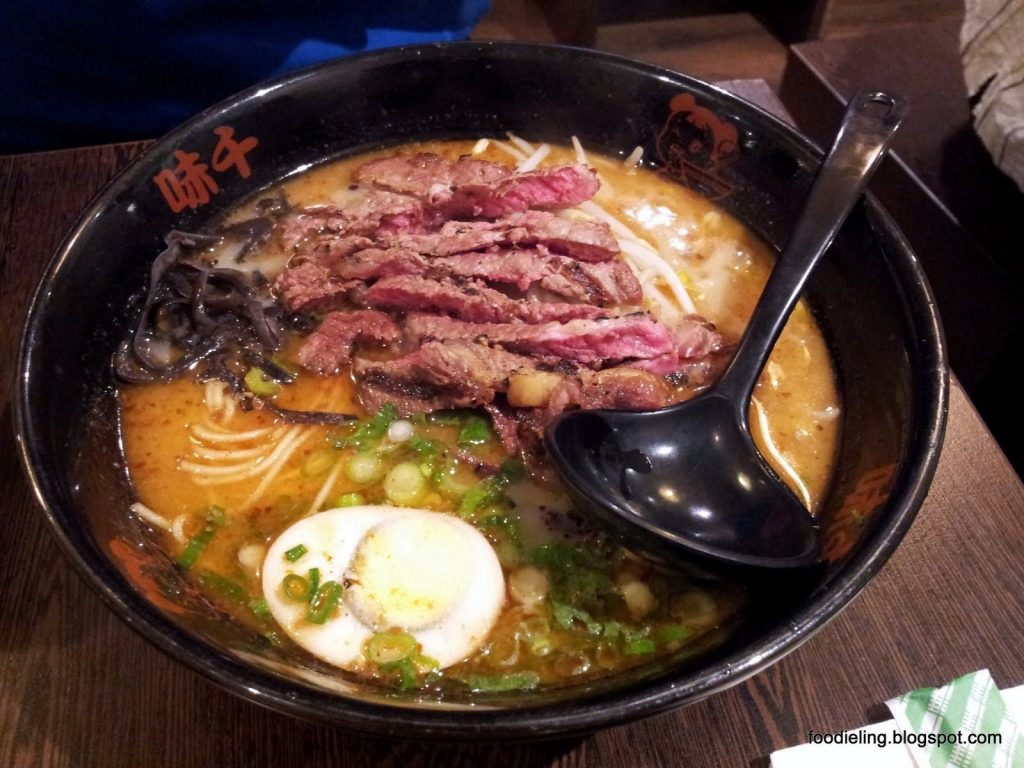
There are two theories about development of ramen.
One theory says that ramen was introduced to Japan during the 1660s by the Chinese neo-Confucian scholar Zhu Shunsui who served as an advisor to Tokugawa Mitsukuni after he became a refugee in Japan to escape Manchu rule and Mitsukuni became the first Japanese person to eat ramen, although most historians reject this theory as a myth created by the Japanese to embellish the origins of ramen.
The more plausible theory is that ramen was introduced by Chinese immigrants in the late 19th or early 20th century at Yokohama Chinatown. According to the record of the Yokohama Ramen Museum, ramen originated in China and made its way to Japan in 1859. Early versions were wheat noodles in broth topped with Chinese-style roast pork.
By 1900, restaurants serving Chinese cuisine from Canton and Shanghai offered a simple dish of noodles (cut rather than hand-pulled), a few toppings, and a broth flavored with salt and pork bones. Many Chinese living in Japan also pulled portable food stalls, selling ramen and gyōza dumplings to workers.
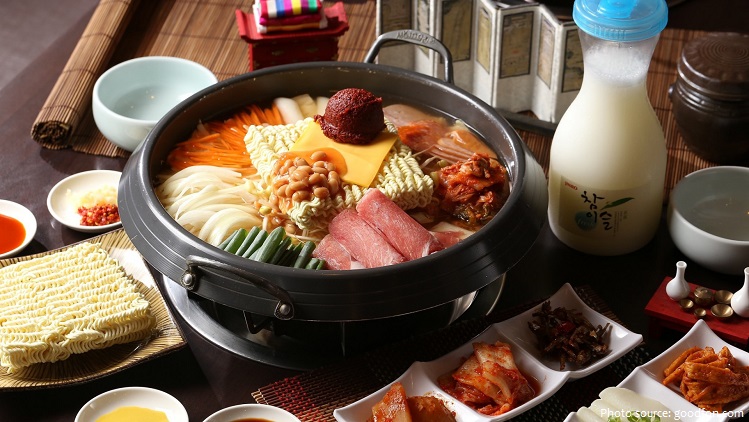
It’s believed that a noodle shop called Rai Rai Ken popularized the dish the most when it opened in Tokyo, Japan, in 1910. The Chinese cooks there served their wheat noodles in a salty broth and topped them with roasted pork, fish cake, and nori. These ingredients are still considered classic ramen toppings today.
The post-World War II period brought on significant food shortages, and street food vendors were outlawed in order to conserve rations—a policy that began during the war. The only way to get ramen, which was something people bought from food stalls rather than made at home, was to find it on the black market. Illegal food vendors were a common presence in Japan throughout World War II, and they became more vital than ever in the post-war period, when government rations were often weeks late, through either legitimate shortages from decreased agricultural production or simple mismanagement of resources. Thousands of vendors were arrested for selling ramen after the war, most of whom were under the direction of the Japanese organized crime syndicate known as the Yakuza.
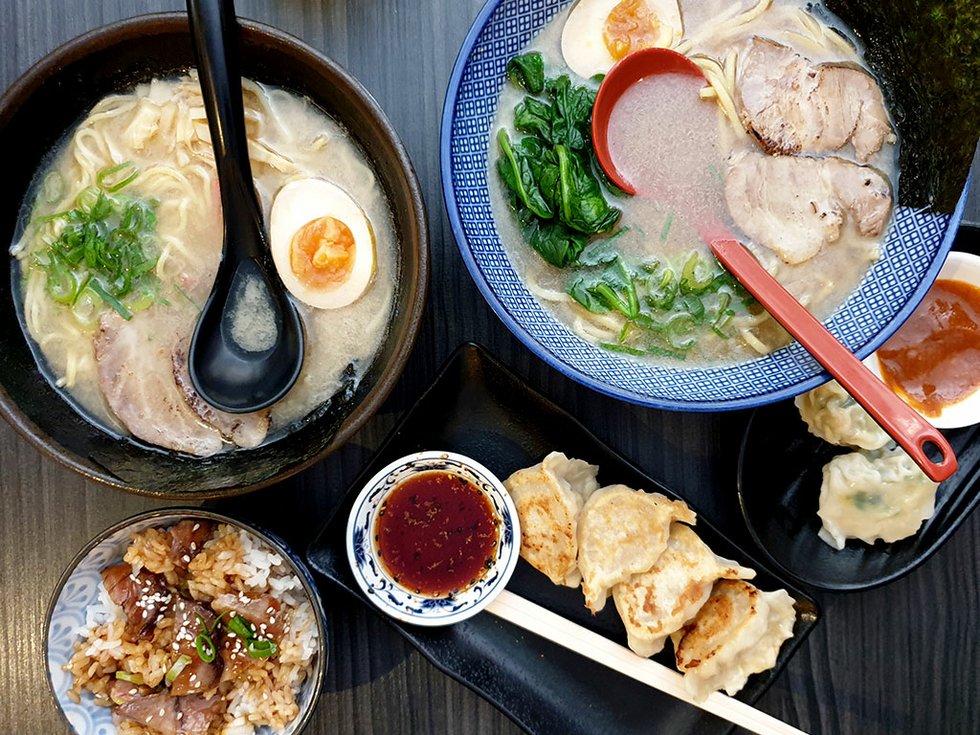
As ramen became synonymous with convenience food abroad, the ramen stalls that first popped up in the early 20th century experienced a resurgence in Japan. Though ramen was practically outlawed in the years right after the war, America’s presence in Japan actually boosted ramen’s profile in the long run. America sent cheap wheat to Japan during the post-war food shortages. This was partially a humanitarian effort to stave off hunger, and partially a political calculation: American leaders feared the prospect of East Asian countries turning to communism out of desperation or frustration with Western powers.
Until the 1950s, ramen was called shina soba. Today chūka soba or just ramen are more common, as the word “支那” (shina, meaning “China”) has acquired a pejorative connotation.
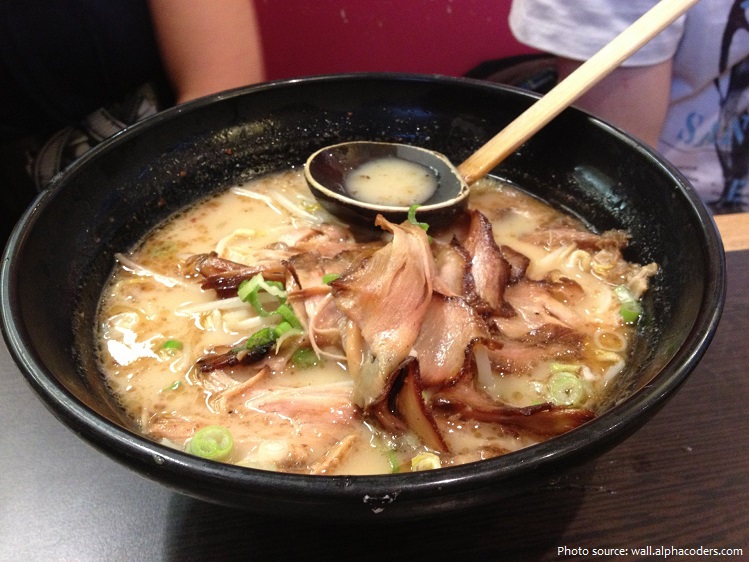
In 1958, instant noodles were invented by Momofuku Ando, the Taiwanese-Japanese founder and chairman of Nissin Foods. Named the greatest Japanese invention of the 20th century in a Japanese poll, instant ramen allowed anyone to make an approximation of this dish simply by adding boiling water.
Beginning in the 1980s, ramen became a Japanese cultural icon and was studied around the world. At the same time, local varieties of ramen were hitting the national market and could even be ordered by their regional names. A ramen museum opened in Yokohama in 1994.
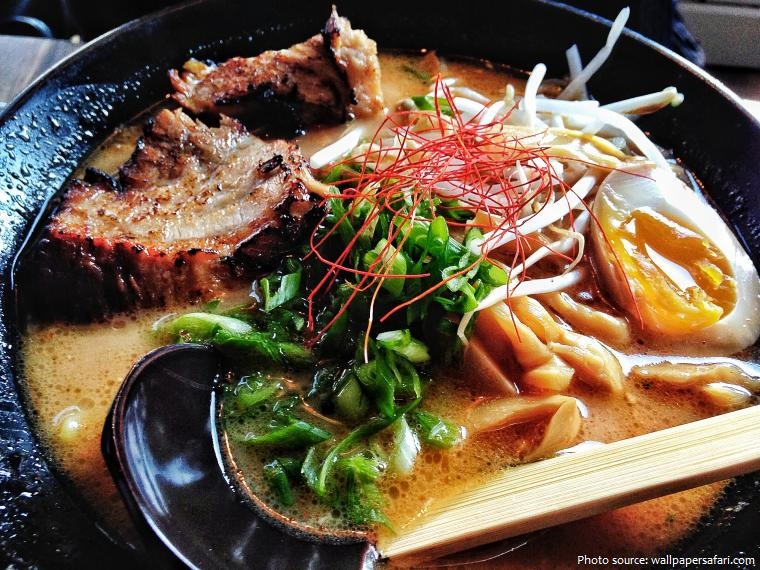
Today, ramen is one of Japan’s most popular foods, with Tokyo alone containing around 5,000 ramen shops, and more than 24,000 ramen shops across Japan. Tsuta, a ramen restaurant in Tokyo’s Sugamo district, received a Michelin star in December 2015.
At ramen restaurants, you hardly ever notice flashy decor, neon signs, or gimmicky furniture. Most restaurants are fairly straightforward—a few chairs, an open kitchen where you can sit and watch your food being prepared, and typically monochrome walls. This stands in stark contrast to the majority of modern food businesses, which boast interiors that certainly beg to be posted on Instagram.
Restaurant mogul David Chang is often given credit for helping Americans see ramen as something more than a quick, dirt-cheap meal. He opened Momofuku Noodle Bar in New York City back in 2004, named, in part, for the instant noodle innovator. A few years later, the Japanese ramen chain Ippudo opened its first location in the states. And soon, ramen may well rival sushi for the title of Japan’s most beloved culinary export.
